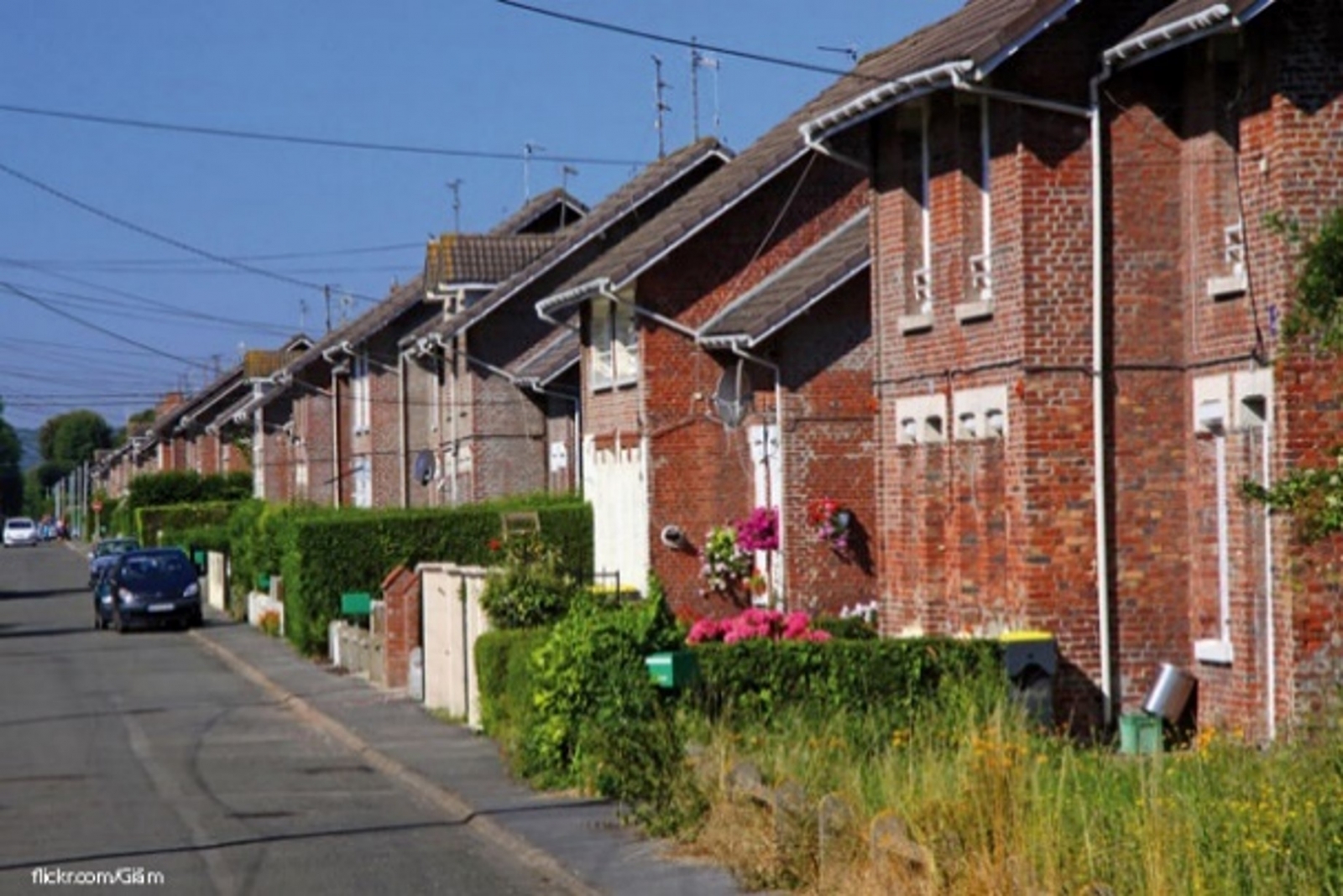Maisons et Cités: the leading social landlord in Hauts-de-France
Maisons et Cités is a social landlord located in the Hauts-de-France region, which manages 64,000 homes. It is mainly mining housing. "If you have watched the film Germinal, you can imagine these individual brick houses. Most of them are over 100 years old and not insulated at all," says Franck Mac Farlane, head of the Research and Expertise Unit.
The main problem with these buildings is that they are very damp and cannot be insulated from the outside because most of them are listed as UNESCO World Heritage Sites. "We have a commitment to the state to renovate 2,000 homes per year”.
In search of a high-performance biosourced material
"A few years ago, Maisons et Cités started thinking about alternatives to oil-based insulation," says Franck Mac Farlane. They were looking for solutions to solve the problem of thermal inertia and humidity, but also the installation problems they were encountering with the use of glass wool.
They then undertook this reflection, in partnership with the CD2E, accelerator of the eco-transition.
From concept to reality
2015 was the year of the first test project: Réhafutur 1. "This worksite aimed to renovate a house that was not at all representative of our heritage, an engineer's house, it was over 300 m²." "We insulated each wall with a different biosourced insulation material; hemp concrete, cellulose wadding, flax, sheep's wool, etc. and we studied the behaviour of each of these walls."
The second test site, Rehafutur 2, was carried out in mining houses, representative of the local heritage. Two of these houses were insulated with hemp blocks.
"We received very positive feedback from the inhabitants. In November, they still hadn't turned on the heating and it was 21 degrees inside."
In 2018, the third and final test site started: Rénochanvre. This time it was an opportunity to try out sprayed hemp concrete and compare its behaviour to a conventionally insulated house, in order to measure comfort, thermal performance, temperature, humidity and CO². "We quickly found that hemp provided a smoother temperature, much less subject to the variation of outside temperatures”.

